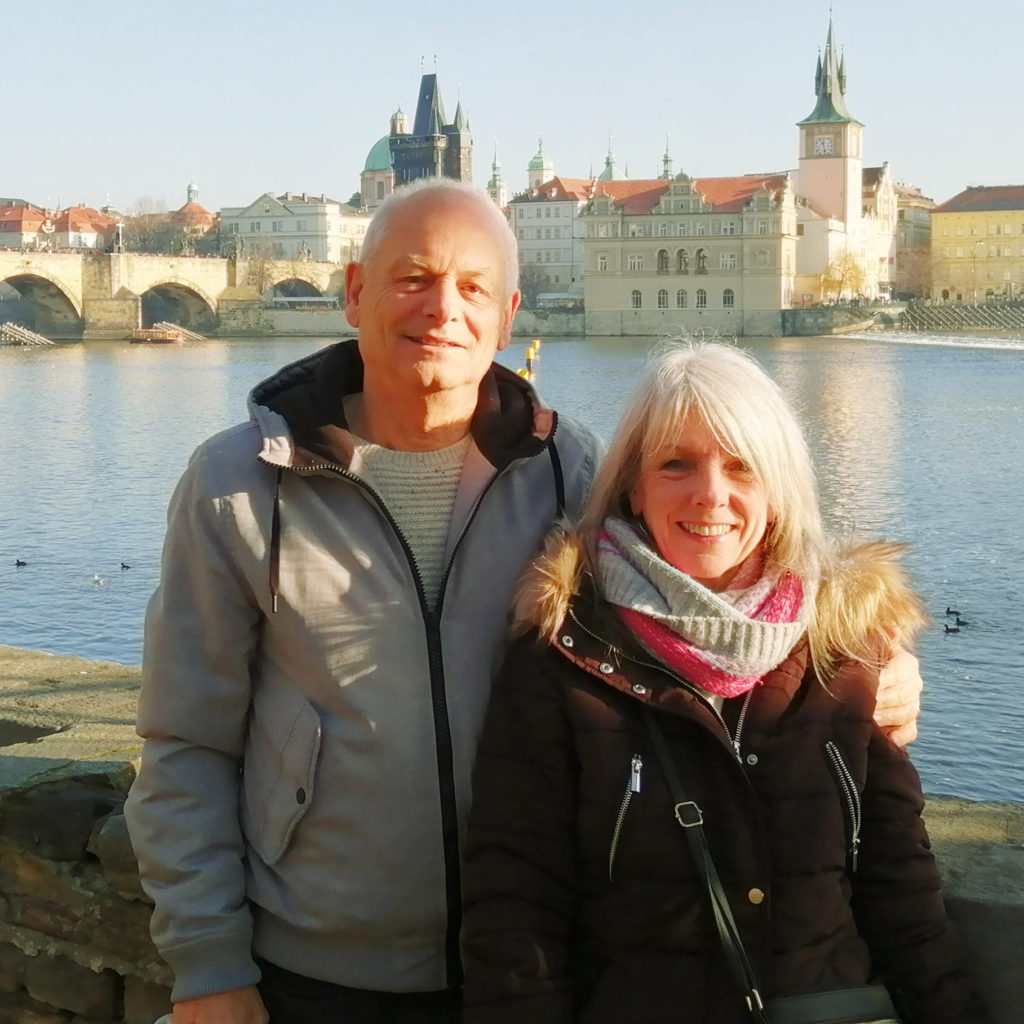How many times have you heard someone say, ‘I’d love to do that, but I’m too old for it now’? I hear it all the time – I even saw someone who is younger than me write this online yesterday! While that may hold true for some things, it is absolutely not true for the vast majority of things you want to do. I hear this come up a lot for both fitness related activities and for dance. Unless you’re dreaming of becoming a professional ballerina at the age of 90, the chances of you being ‘too old’ to do something that interests you are probably quite slim.
Exercise for older adults is extremely important for a number of reasons – falls prevention, maintaining independence, reducing risk of illnesses such as heart disease, stroke, diabetes and dementia, and for mental health purposes as well. There are also implications for diseases such as Osteoporosis and arthritis. According to the NHS, many older adults (65+) spend 10 hours or more each day seated or lying down. This sedentary lifestyle increases risk for illness and poor health.
The NHS advise older adults to aim for 150 minutes of moderate exercise per week (or 30 minutes per day, five times per week), in bouts of 10 minutes or more. For older adults that haven’t exercised in a while, returning to physical activity can be a nerve-wracking prospect. Fear of falling or injuring oneself can present a large barrier to exercise, as well as the old adage of being too old to do that now.
Older adults that are returning to exercise may find Pilates a useful way to get in shape, as the format tends to focus on quality of movement rather than the quantity of repetitions. The careful concentration, focus and flow that forms the basis of Pilates, alongside the breathing component can present an attractive package for the older body. Pilates tends to be much less severe on the joints than some other forms of exercise, tends to take a gentler approach to movement and the focus on developing strength in the core provides the tools for the older body to reduce the likelihood of falling (balance, stability, functional movement and posture). It is low impact and most of the exercises are only partially weight bearing. It also works on co-ordination which helps us to understand where our body is in space and again, reduce the likelihood of falling.
With dozens of modifications for each exercise, Pilates can be adapted to suit any body. It’s important to let your instructor know of any injuries or medical conditions that may affect your ability to exercise so that they are able to adjust for your body, or can refer you on to exercise specialists in your area. It is also advisable to check with your doctor that you are safe to exercise before joining a class. There are many classes available specifically for older adults, both on the mat or the reformer, but if one is not available near you then any beginner class would certainly suit. Many exercises can be adapted to standing or seated in a chair if the idea of getting up from the floor after class terrifies you!
But don’t take my word for it on the benefits. When I first qualified as a Pilates instructor six years ago, my mother began coming to my class. Initially I think it was as a way to show her support for me as I tried to build my client base, but she is definitely seeing the benefits of participating. Since the first lockdown in 2020, I took all of my classes to stream online, and my father began taking the classes too. They now take Pilates class once a week, and the more challenging PHIT class that I offer once a week as well. My mom is 66 and my dad is 74. I asked them to tell me why they enjoy Pilates classes and how doing them has impacted on their daily lives.
My mom used to care for her elderly mother before she passed away 14 years ago. During that time she was very physically active, doing lots of walking and lifting and general running about for my grandmother. After she passed away, the amount of physical activity my mom was doing vastly reduced. My grandmother had Osteoporosis – brittle bone disease – and this is something that can be hereditary. My mother has been worried about this, seeing how it affected my previously athletic grandmother. She says that taking Pilates classes was made a huge difference to how she feels – she has noticed an improvement in balance, which is important for Osteoporosis. If one falls with this disease, it can lead to wrist and hip fractures, among other things, and so having a strong and stable core is essential for falls prevention. She also feels more flexible and stronger, carrying shopping feels easier to manage and she can walk for much longer and now enjoys lengthy walks as part of her weekly exercise. She feels generally more mobile and mentioned that both her wrists and ankles feel stronger. She had been feeling some instability in the ankles causing them to give way occasionally, and through her years of Pilates training she feels much more stable. I have observed my mother gain in confidence, flexibility, and strength through the Pilates method and at 66 is one of the strongest participants in my class. She enjoys being able to pick up her grandchildren and keep up with them when they are playing!
My dad began taking Pilates classes during lockdown and has noticed a big difference for his body. At 74 he is much more physically active than many older people – he cycles and walks daily and acknowledges that cycling has given him a lot of lower body strength that he feels would have begun to deteriorate if he were sitting all day. However, the cycling was not providing any possibility for increasing upper body strength, and he had a noticeable deterioration of muscle mass in his arms. Since beginning Pilates, he has noticed an improvement in his upper body strength due to the body weight exercises we use. He also feels more mobile in general which he says has helped with his cycling. He suffers from arthritis in his hip, but commented that the pain in his hip has mostly disappeared and he attributes this to the Pilates method.
I am so grateful to be able to share my experience of the Pilates method with my parents, and to keep them moving and active, working towards being pain-free in their older years and contributing to keeping them healthy through movement. They are often met with surprise when they tell people their ages, which I think is a testament to how important remaining physically active is as an older adult. My dad continues to impress me with his volume of physical activity, when many older adults his age are spending much of their time sitting in front of the TV.
If you’ve take some time away from physical activity, or are hoping to improve your quality of life by alleviating muscular and joint pain or to work on your falls prevention, I highly recommend the Pilates method as a way of approaching physical activity. The low impact nature is great for all bodies, no matter how old you are, and modifications can be provided to help ensure you’re able to participate. It may take some time to find the exercise you enjoy and feel confident participating in, but if you’re imagining that your age is a barrier then I would encourage you to try to find something gentle and functionally helpful for your life. Exercising as an older adult isn’t necessarily about vanity measures such as weight or muscle size (though it can be if you want it to!) but is important for the functionality of moving through life. I hope that this post inspires you to find an activity that works for your body and reminds you that age is but a number!

